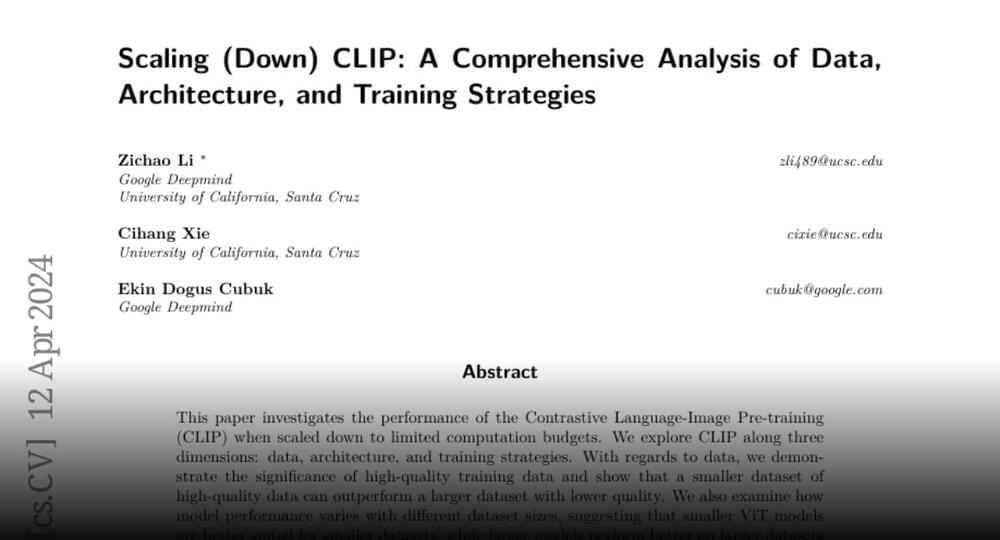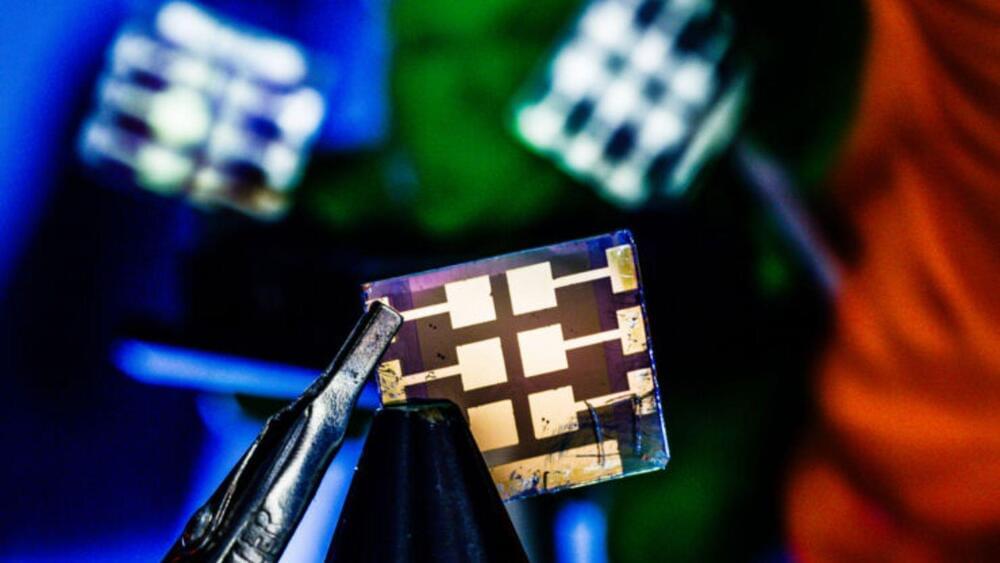Researchers at the University of Twente have shown how to improve the efficiency of hydrogen production in an experimental setup. They showed that the magnetic order of the molecules plays a critical role.
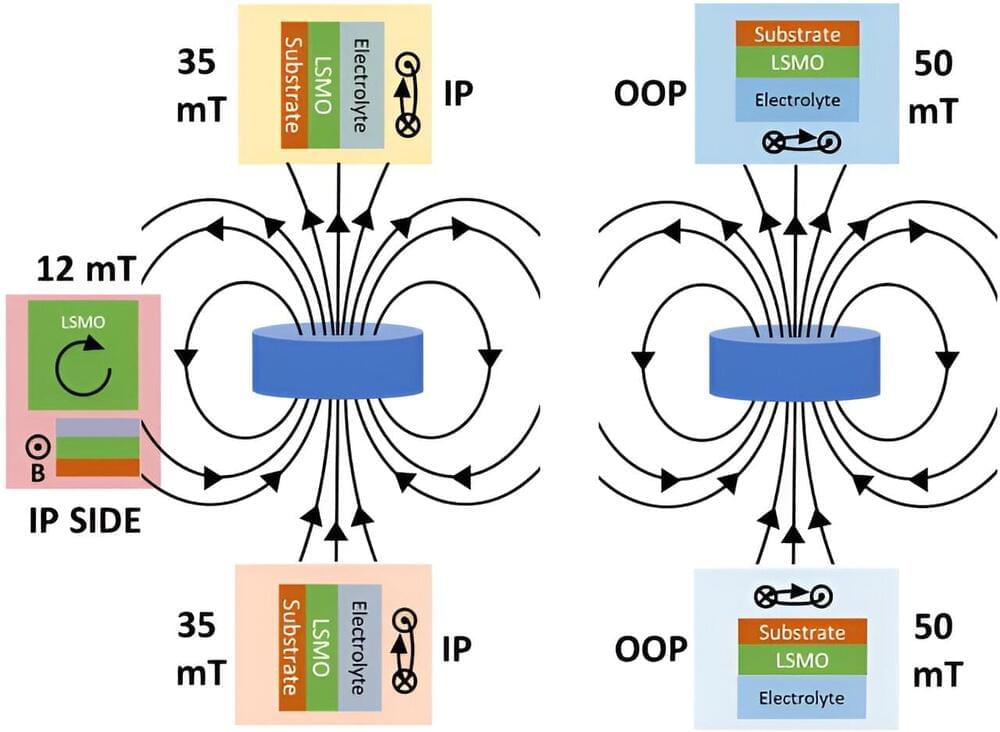

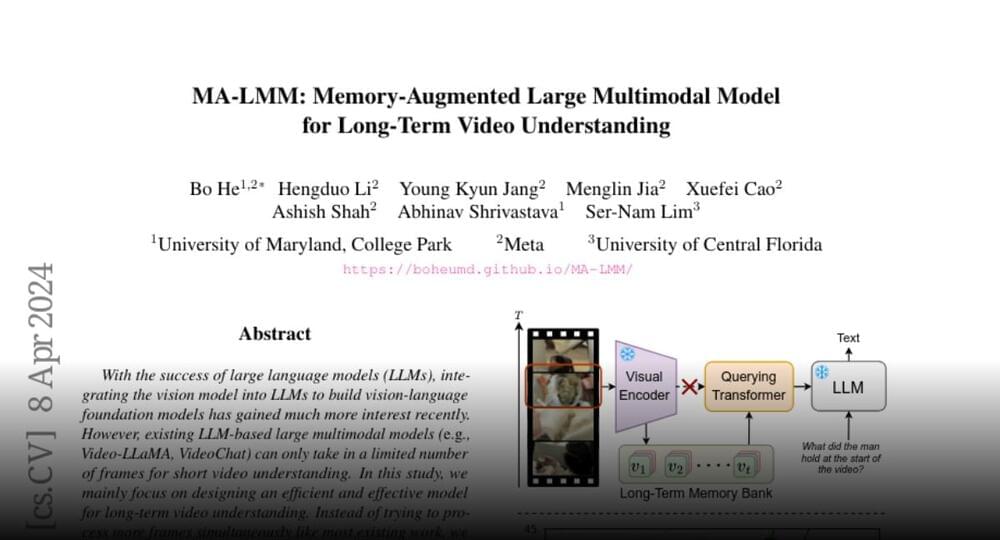
Meta announces MA-LMM
Memory-augmented large multimodal model for long-term video understanding.
With the success of large language models (#LLMs), integrating the vision model into LLMs to build vision-language #foundation models has gained much more interest…
Join the discussion on this paper page.



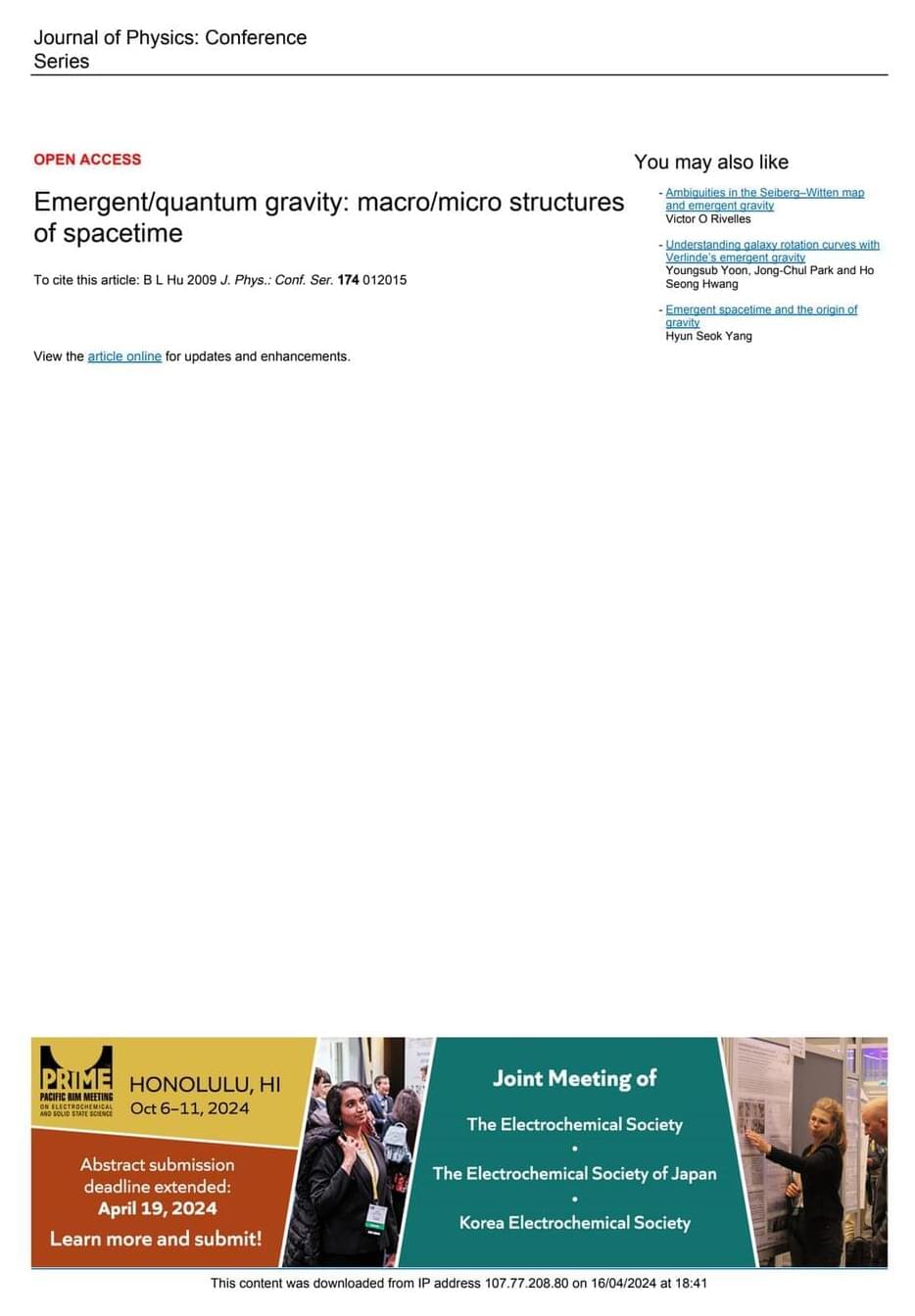
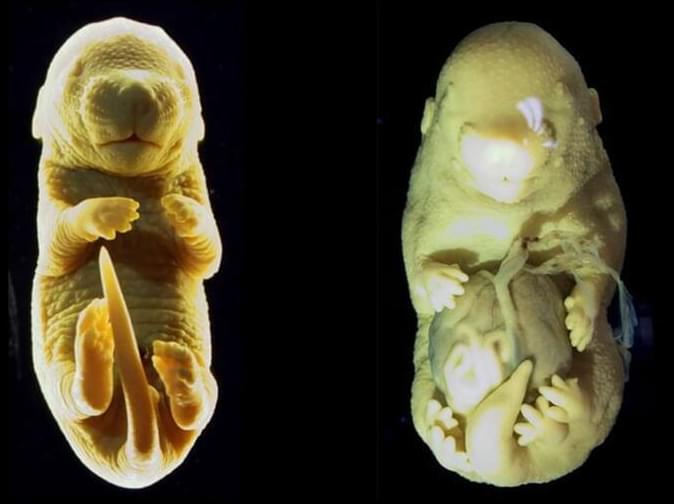

Another metric of dumbing down the populace.
Parada-Cabaleiro, E., Mayerl, M., Brandl, S. et al. Song lyrics have become simpler and more repetitive over the last five decades. Sci Rep 14, 5,531 (2024). https://doi.org/10.1038/s41598-024-55742-x.
